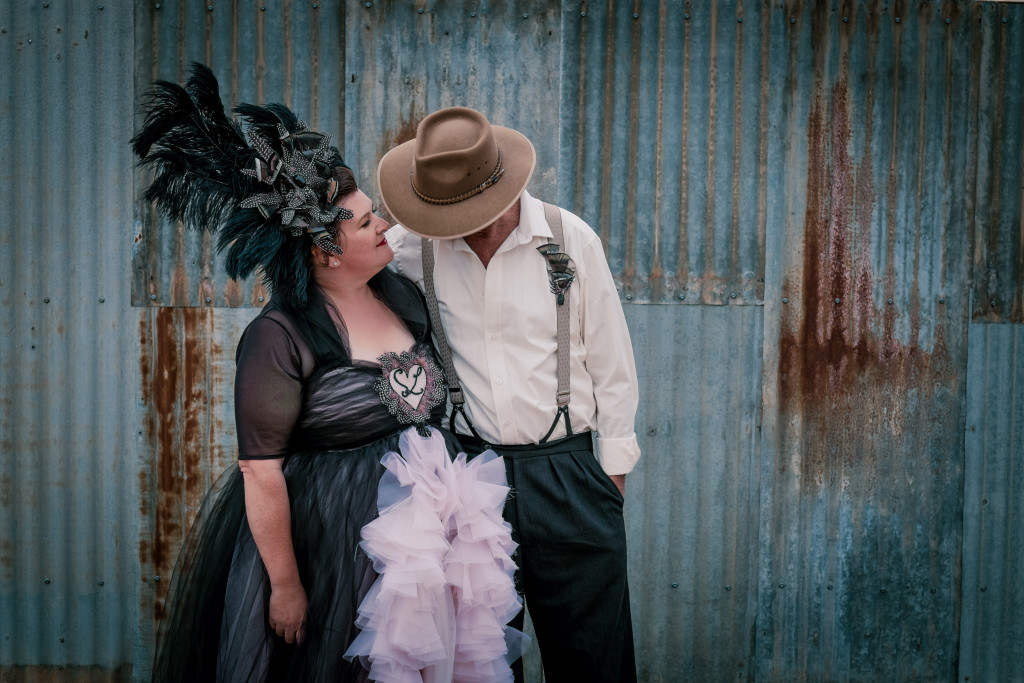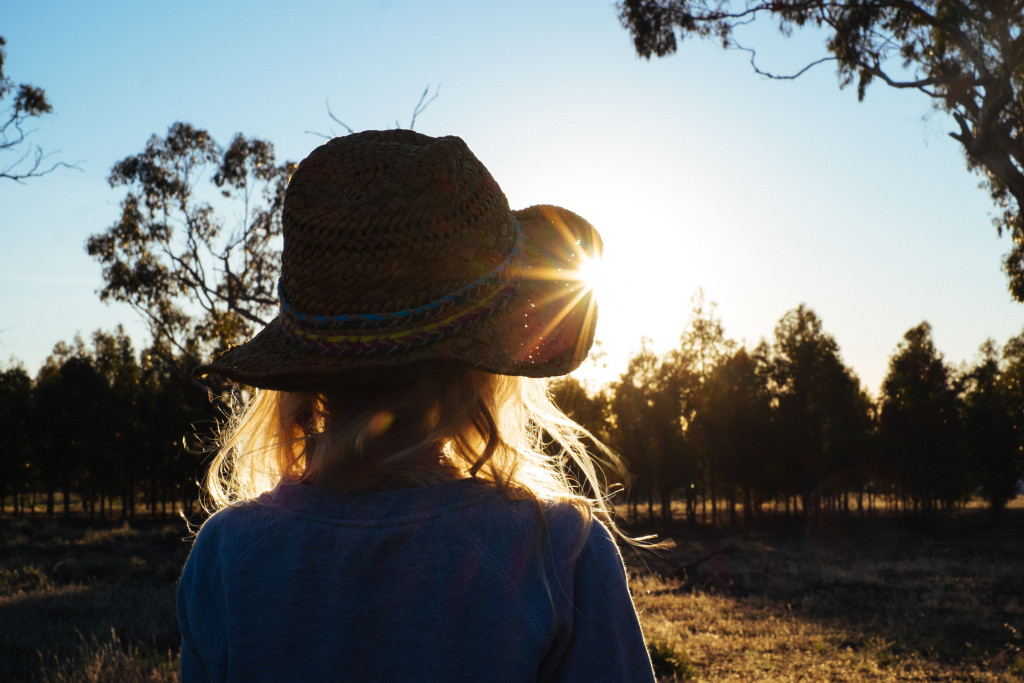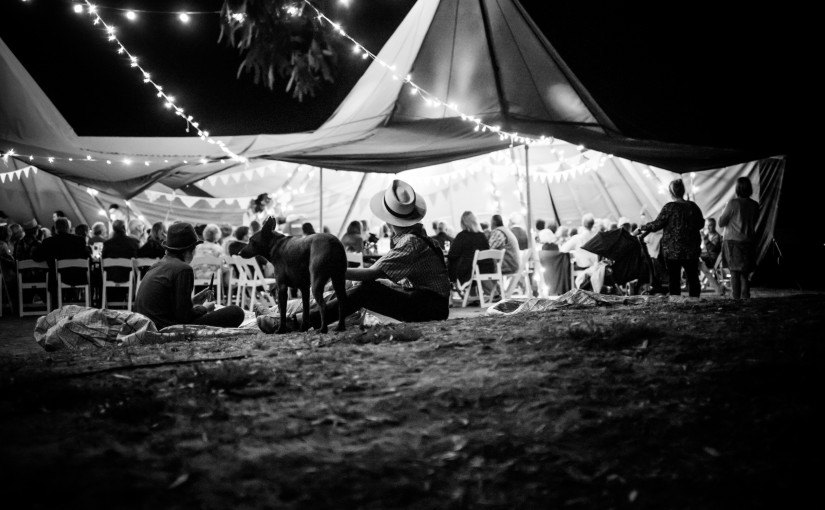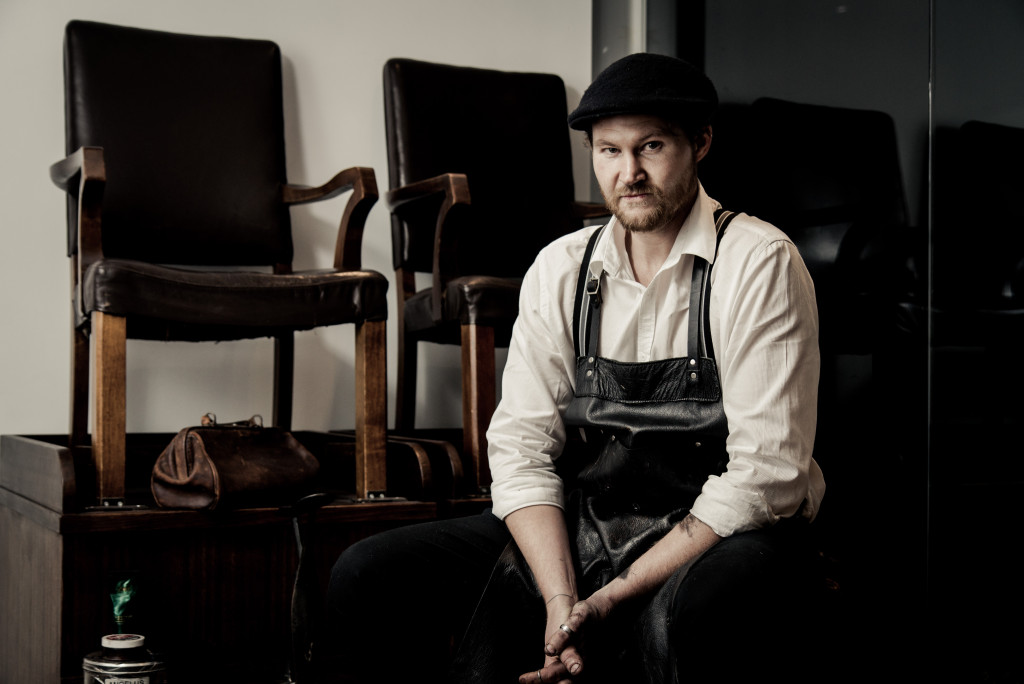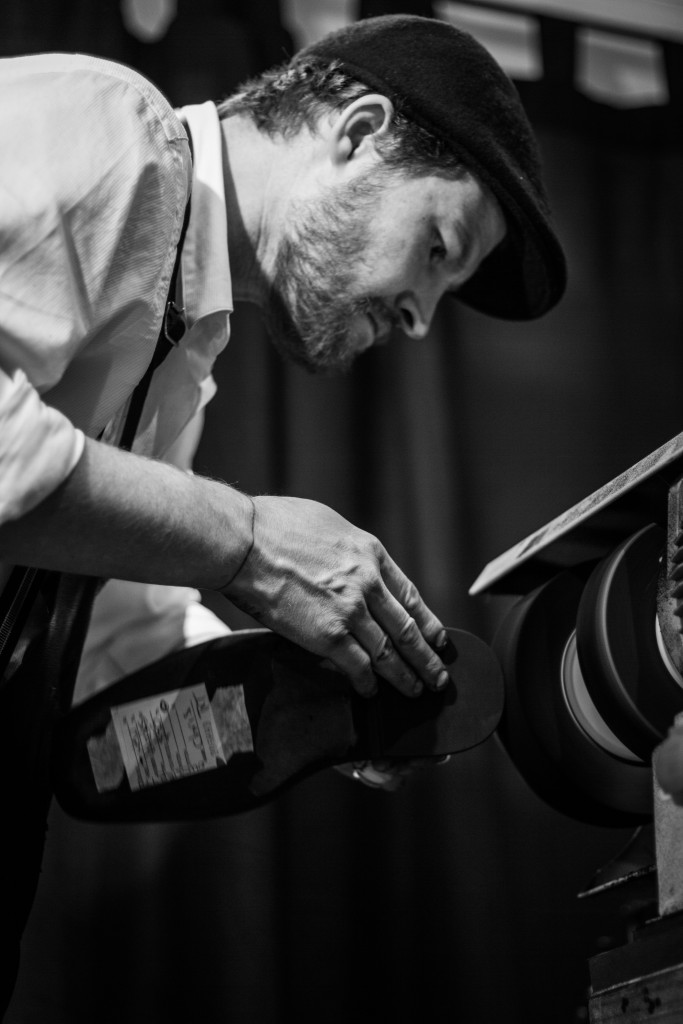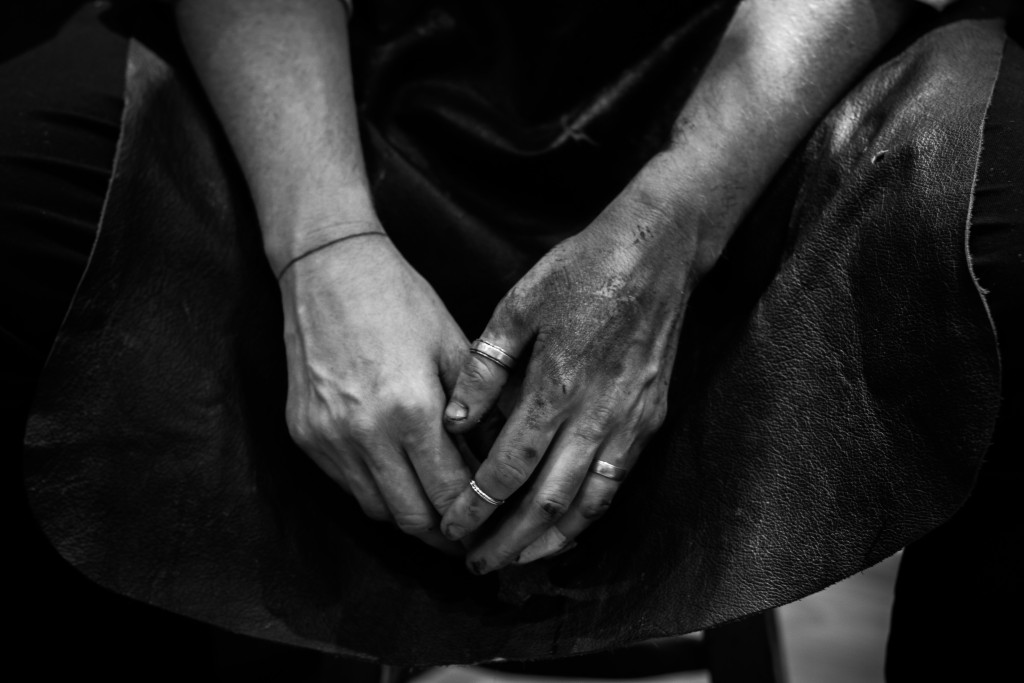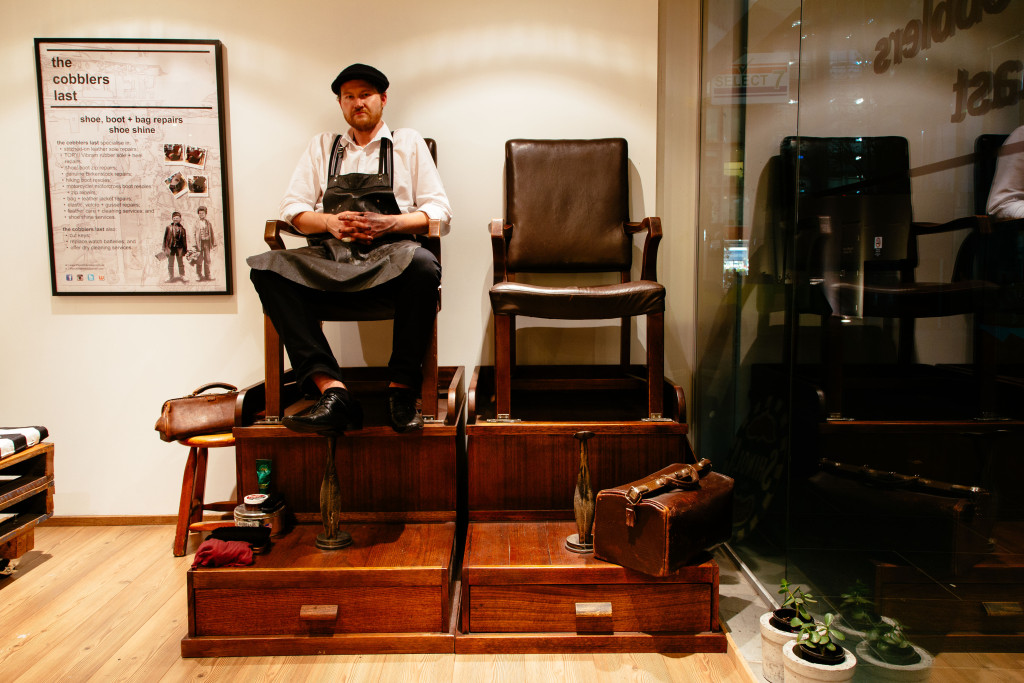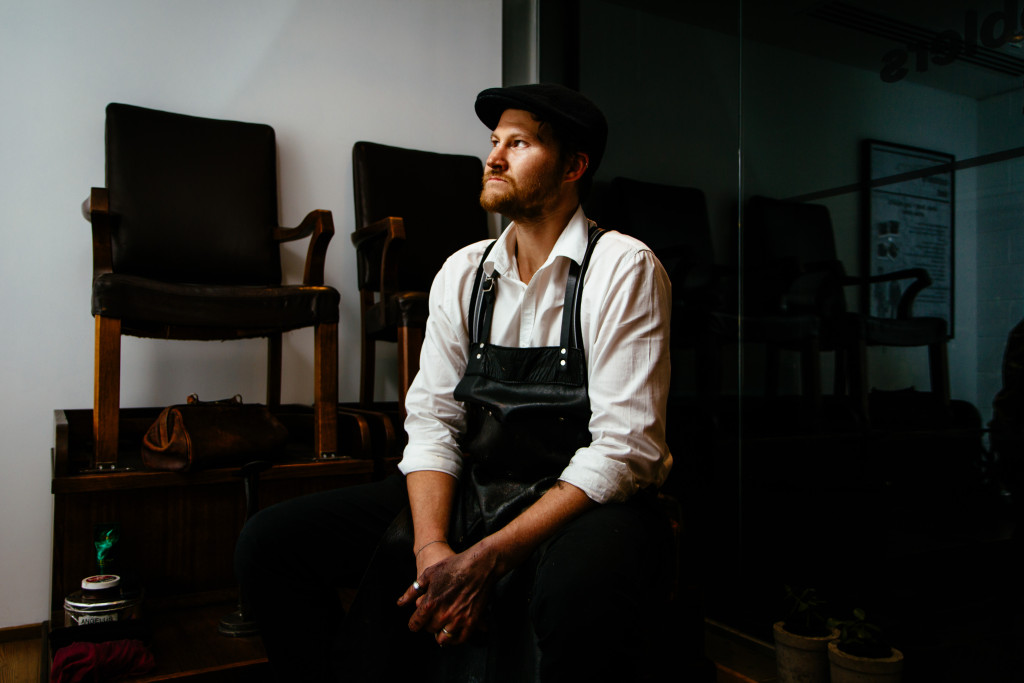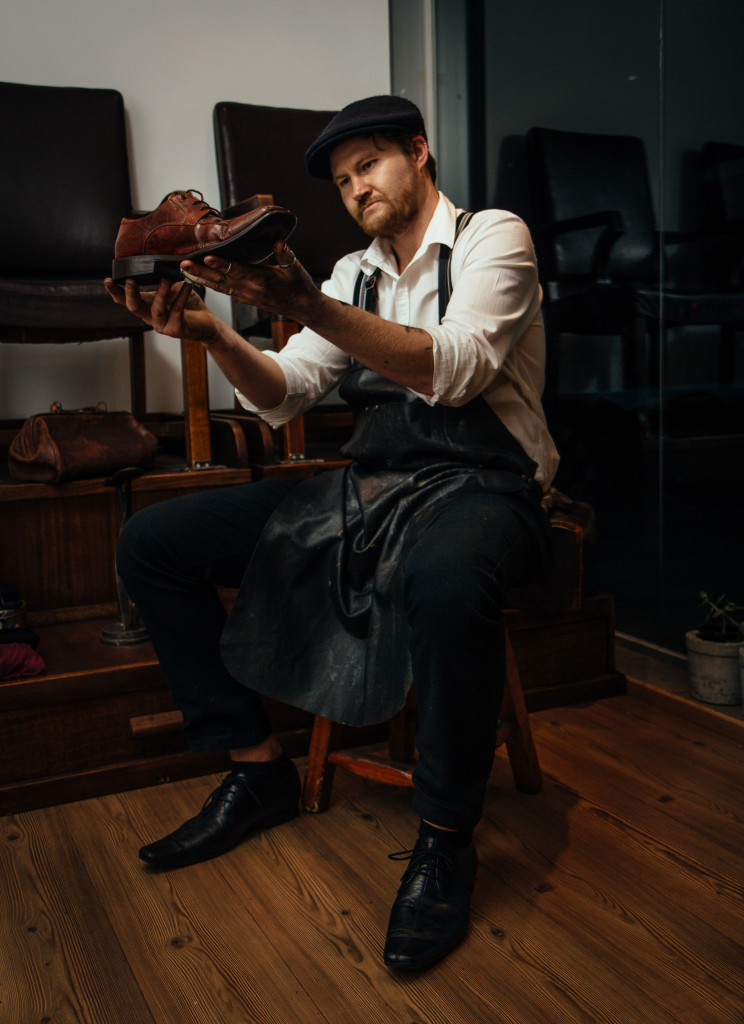I was once taking photos in a bar in Melbourne and the guy next to me started asking a few questions about my camera. We chatted for a few minutes about the relative pros and cons of Canon, and then he said ‘Well, no prizes for guessing what I shoot with’ at which point he lifted his suit pants up to his knee to reveal a tattoo running the length of his calf saying ‘Pentax’. Up until that point, I didn’t even realise that Pentax still existed, and yet here was a businessman who had their logo permanently etched into his skin. It really brought home the fact that photographers do tend to invest themselves in their photo brand. You learn the form of the camera, you know how to quickly navigate settings, you know what the capabilities of your camera are, and most importantly, you’ve probably dropped a sizeable amount of money on lenses and other gear… so when you make the jump from one brand to another it can be a scary and cathartic experience. I should know, as I’ve just moved from a Canon 550D to a Fuji X-T1. So if you’re thinking about jumping ship, here are some things to consider.
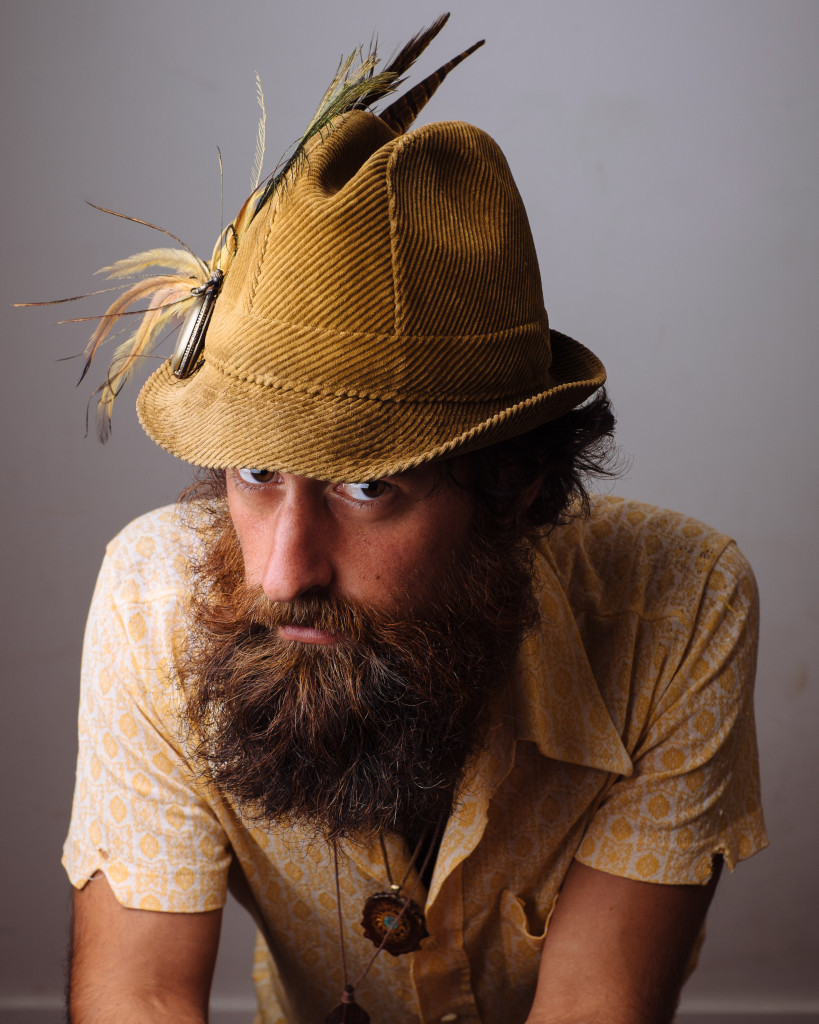
Do I really need a new camera?
New gear is awesome. It can be smaller, lighter, faster, have a bigger sensor, make us look more pro…and in truth, it can help us take better photos. But it can also cost a shirtload of cash, and can sometimes be used to hide our inadequacies. So I reckon you need to be confident that you’ve learnt everything that you can from your current camera. You need to make sure that the new camera will make you a better photographer…not just give you nicer photos.
I’ve been shooting on the 550D for five years now. In five years the technology in cameras has come a long way. Things like ‘face detection’ and built-in wifi, just weren’t on the table when I bought my 550D…and the thought of taking a decent photo at ISO800 was fanciful. So any new camera was going to make life easier right away. But I also felt that I had pushed the camera as far as I could. I had learnt a hell of a lot on a great entry level DSLR, and now it was time to upgrade to a few bells and whistles.
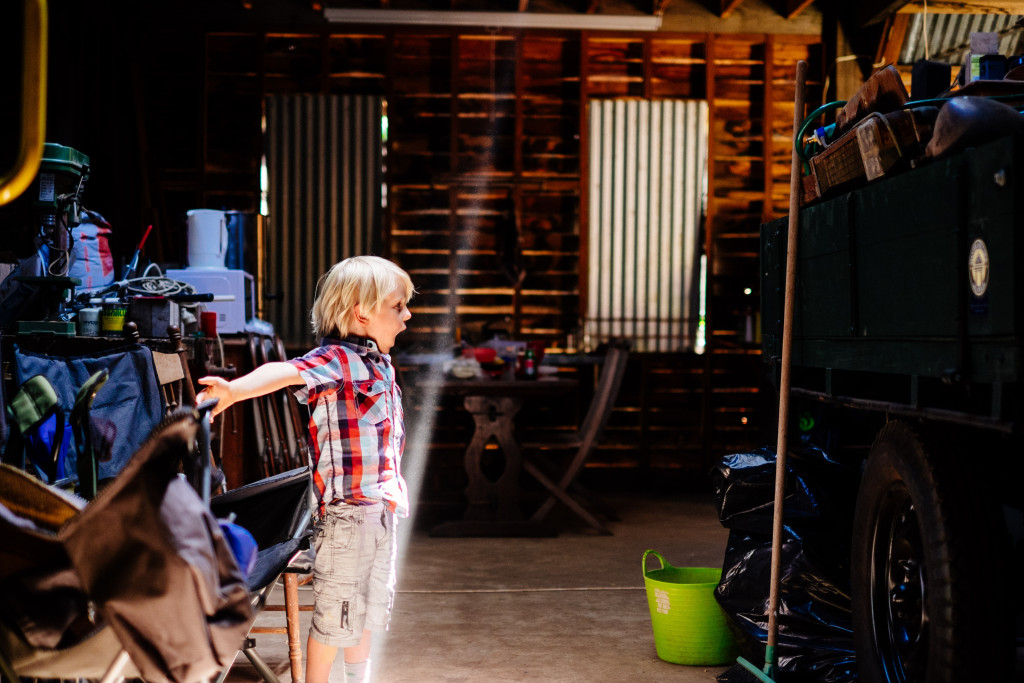
How deep is your love?
If you’re not really into photography and you’ve made it this far, then well done…or commiserations on your lack of alternative things to do with your time. But you should probably know that a lot of information is sent from the lens to the camera, not just the image, but a whole lot of information about the image. For example, autofocus is sent as a message from the lens to the camera. So, while you can always buy adaptors, it makes sense that Canon lenses talk better to Canon cameras, than say a Sony lens talking to a Canon camera, or Fuji lens talking to a Nikon. So while you may be able to mount the lens on your camera, you may find that it doesn’t autofocus because the lens and the camera work on different systems. The long and the short of it is, if you’re looking to change to a new brand of camera, you may find that a number of your lenses will not make the transition. So your new purchase of a camera may require additional lens purchases as well. Which can make for a pretty expensive exercise.

For better or worse, I was pretty lucky that I only had the two Canon lenses (a 50mm f1.4 and the 17-55mm f2.8). But if I was to move to Fuji, then I was pretty much writing them off. I had come to terms with this…until a friend offered a 2nd hand Canon 5Dmk3 with some really nice lenses. Which leads nicely to my next point…
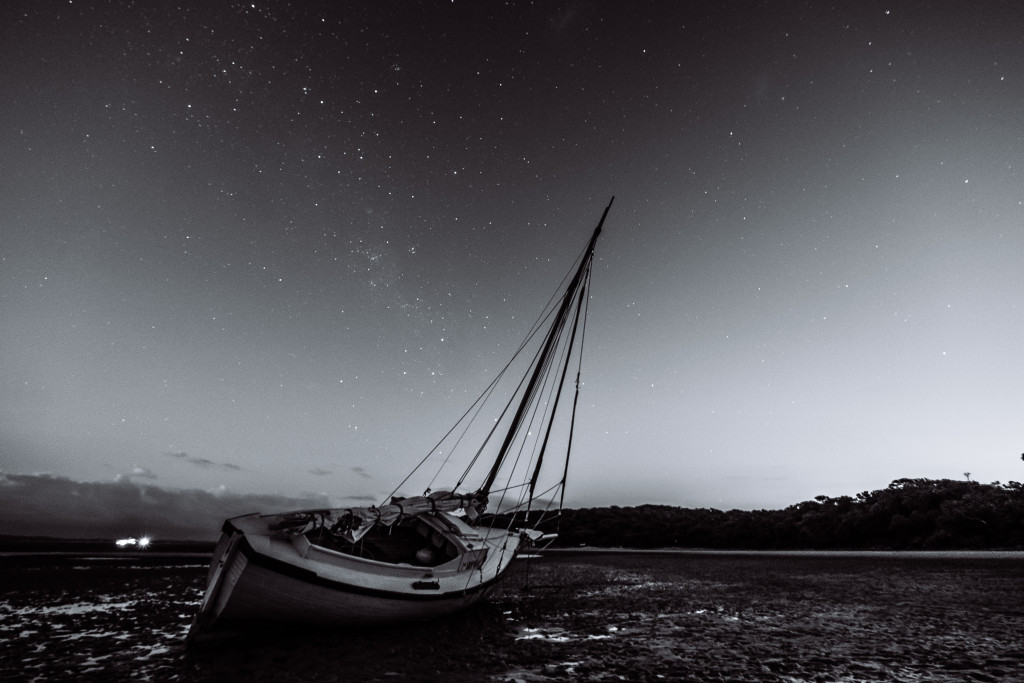
Dollars and sense.
There is no shortage of really good cameras out there. By the time I’d done all of my research I had reduced my list to; the Fuji XT-1, the Sony A7r2, the Lumix GH4 and the Canon 5Dmk3. Should the Olympus OM-D been on that list?…yep. But was I having so much trouble choosing between 4 cameras that adding a 5th camera was just going to make me cry?…also, ‘yep’.
They all had different pros and cons, the 5D would let me stay in the Canon ecosystem and let me go full-frame…but then it’s a big camera, and the lure of the mirrorless was strong. The GH4 shoots beautiful video and I could get the body with a good range of lenses for the same price as the body of some of the other cameras…but it wasn’t a considered a great stills camera. The Sony was the way of the future, great video and great stills…but at a price to match. My original idea had been the Fuji…but with more video work coming my way, its shortcomings on the video front made it less attractive.
So after weeks of cross referencing tables, drawing up lists of pros and cons, and boring everyone to tears with my constant analysis of these tables and lists…I went with the Fuji. Why? Because, that’s what I really wanted. The other cameras all made sense, but when it came down to it, the Fuji is the one I had my heart set on. Also…
Zack Arias told me to do it.
Looking for information about cameras on the internet is a bit like drinking from a firehose. There is just so much information, and so many opinions (most of them differing) that it’s overwhelming. What you really want is a professional photographer who can take you through all the relative pros and cons of a camera. To tell you what lenses would be best suited suited to your style of shooting, and to walk the talk by actually using the camera they recommend. Fortunately for Fuji, they have Zack Arias doing just that. He goes through all of the cameras, then all of the lenses, then breaks people down into a range of users and suggests the best combos for them.
http://dedpxl.com/fuji-x-buyers-guide-part-1-cameras/
http://dedpxl.com/fuji-x-buyers-guide-part-2-lenses/
This information was invaluable. So much so that I pretty much followed his recommendation verbatim. So if you’re looking to make the move to a new system, make sure you find a source you trust and then work out exactly what you want, because now it’s time to take the plunge and purchase your new gear.
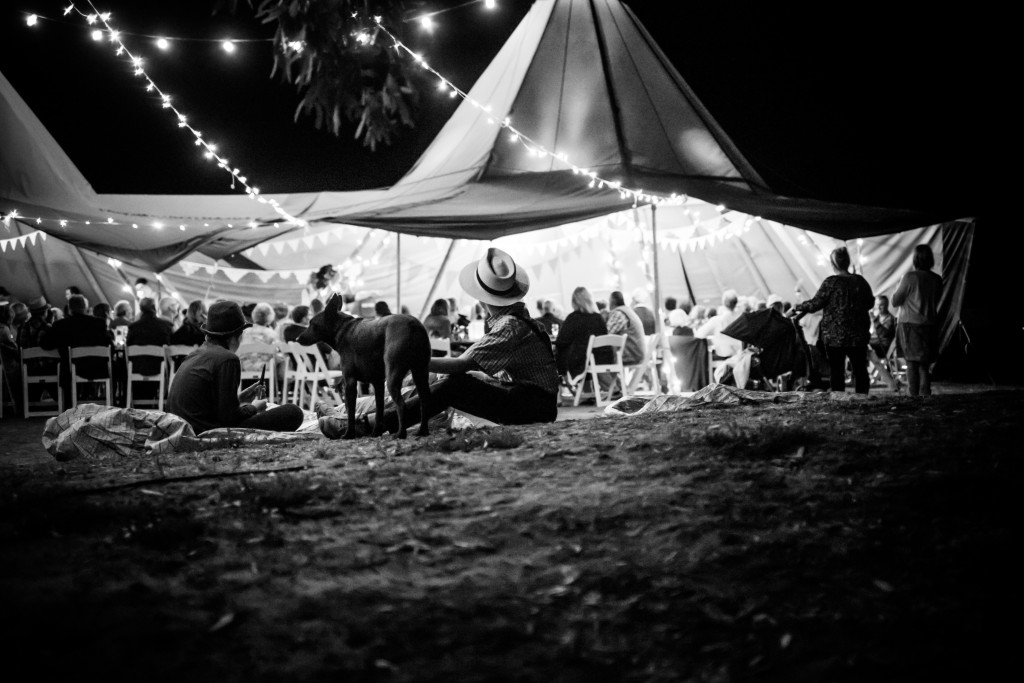
Clicks and mortar
If you live in Australia, then you know that buying online is going to save you about 30% over buying in an actual store. But you will also know that websites don’t have a ‘haggle’ button that you can press and knock some money off the price…which is something you can do in store with an actual person. Also, there is a lot to be said for supporting a company that pays local people. So in the end I decided that if I could get the gear that I wanted from an actual store, for within 10% of what I could get it for online…then I would buy it locally. While I couldn’t get the camera body and lenses for this price, by the time I had haggled getting a camera bag, SD cards, a spare battery and mic adapter thrown in, I was there! So on the day of my 40th birthday I got to walk out of the store with my new camera and a bevy of lenses (for the record; an X-T1, 10-24mm f4, 35mm 1.4, 56mm f1.2 and 50-150mm f2.8).

Post-purchase regret
The best thing about dropping a large amount of cash on a new camera system is that it will change everything for the better! You’ll be faster, shoot better photos, look more pro, become a better lover (actually you may have to chose between the first one and the last one). Which is awesome right up to the point where you miss a shot because you where you normally stab your thumb to adjust the auto-focus has instead changed the ‘film stock look’ of your photo, or you can’t for the life of you work out how to make your flash fire remotely, or you discover that you have to upgrade Lightroom because your camera isn’t supported by the version you have. This isn’t what you signed up for!!! Why did you change?! Why couldn’t you just leave well enough alone?!!! I wonder if you can sell this and return to the warm embrace of the ecosystem you chose to leave?!
Stop.
Calm down.
It’s all going to be alright. Remember when you bought your first good camera and you spent weeks freaking out at all of the options at your disposal? Remember how you spent ages just shooting on ‘automatic’ or ‘aperture/shutter priority’ until you got the hang of things? Well you’re just going to have to do that again…but now you have the advantage of years of experience in working with people, and framing a shot on your side. So while you’re not as good as you were on your previous camera yet, you’re also not back to square one. So get out there and shoot!
However, if after a month or two you are still getting photos that are as bad as the ones you bought new gear to improve…then the problem may be with you. So go and do a photo course and brush up on your skills…or take up macrame…macrame’s nice.

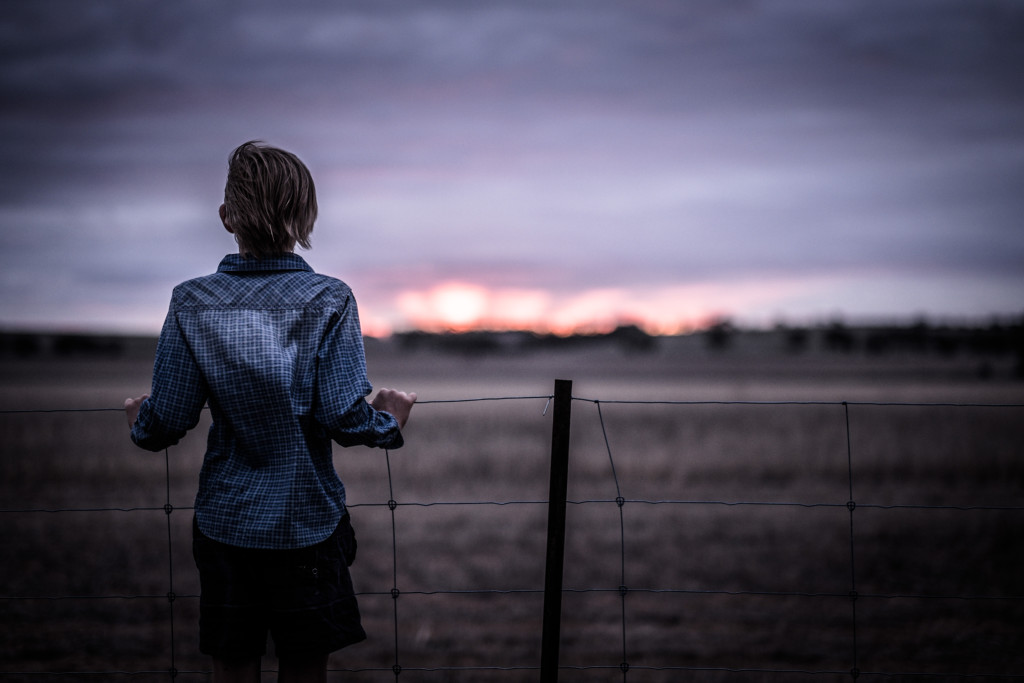
Four months in
It’s now four months since I jumped head long into the Fuji world. In that time I’ve shot over 1,000 photos on the Fuji (well, I’ve shot a lot more…but I’ve kept that many). I’ve shot a wedding. I’ve followed a guy doing 8 Ironman’s in 8 days and shot both photos and videos. I’ve captured some treasured memories of my family, and most importantly I’ve really enjoyed getting out and taking photos again.
So if a fear of the unknown is the only thing holding you back from taking the leap to a new brand, then just remember ‘Life begins on the other side of your comfort zone’.
